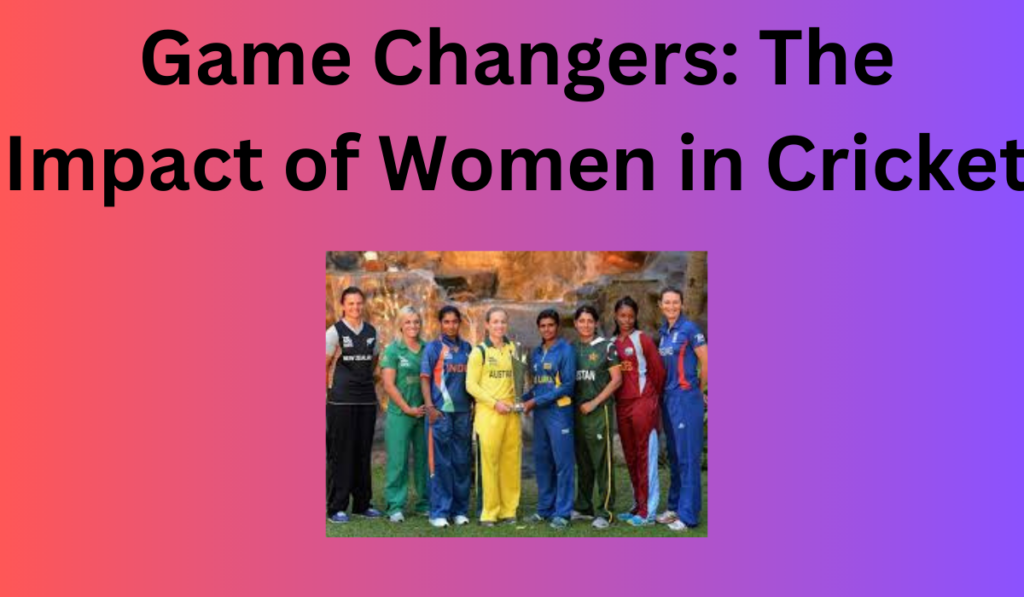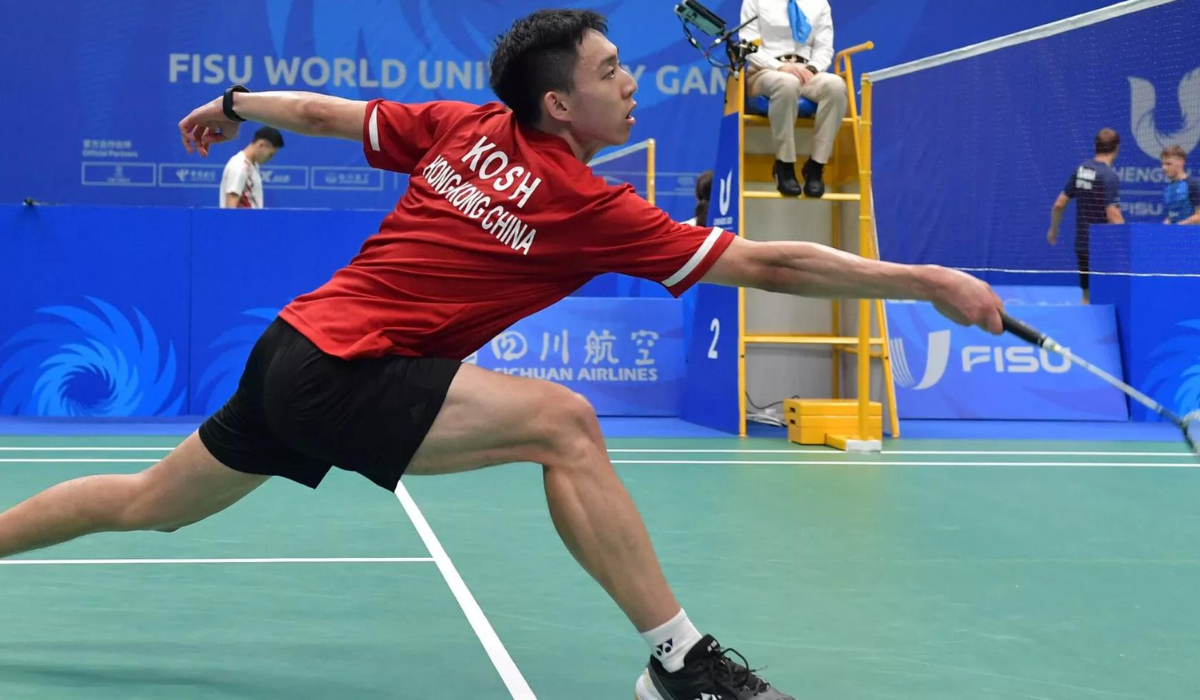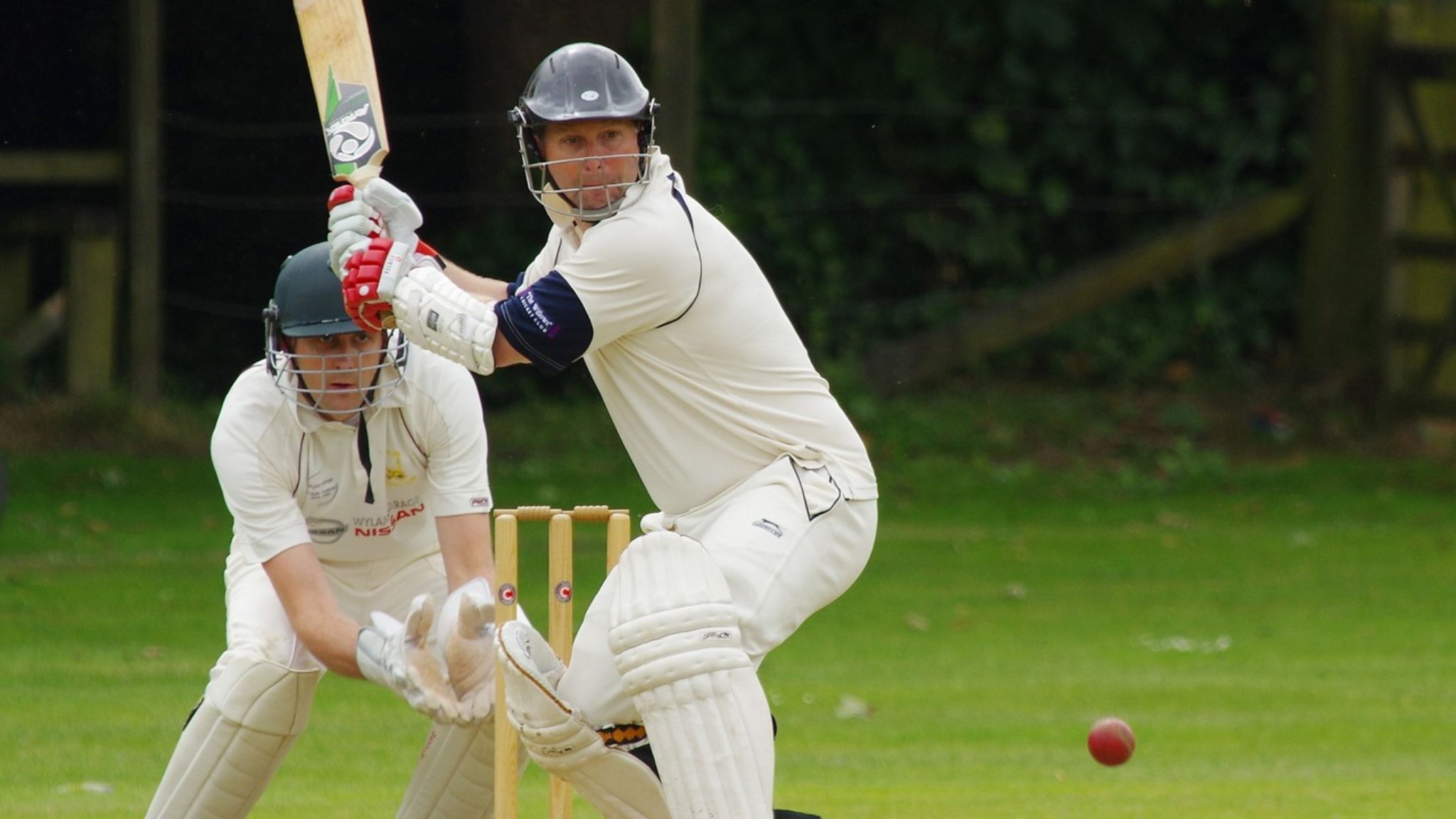Cricket, a sport historically synonymous with male dominance, has seen a dramatic shift in recent decades. Once limited to being spectators or cheerleaders, women have become integral to the cricketing landscape, not just as players but as icons, influencers, and trailblazers. The rise of women’s cricket is more than just an inspiring story; it’s a testament to how perseverance, opportunity, and support can transform not only a sport but also societal perceptions. The women who have taken to the field have proven to be true “game changers,” both in cricket and in the broader world of sports.
The Early Struggles and Evolution
Women’s cricket has a long, yet largely overlooked, history. The first recorded women’s cricket match took place in 1745 in Surrey, England, but it wasn’t until the 20th century that women’s cricket began to gain structure. Early pioneers like England’s Rachael Heyhoe Flint and Australia’s Belinda Clark were instrumental in shaping the sport and giving it the recognition it deserved.
The first Women’s Cricket World Cup, held in 1973, was a significant milestone—particularly since it was organized two years before the first men’s World Cup. This signaled that women’s cricket was not just a novelty but a serious, competitive sport. Yet, despite these early achievements, women’s cricket faced an uphill battle for resources, recognition, and media coverage. For many years, female cricketers were unpaid, playing for the love of the game rather than for professional success.
However, this started to change as more countries began to take women’s cricket seriously. The International Cricket Council (ICC) took control of women’s cricket in 2005, signaling a new era of professionalism. Since then, women’s cricket has gained momentum, particularly with the introduction of global tournaments and professional leagues.
The Role of Global Tournaments

One of the most significant catalysts in the rise of women’s cricket has been the success of global tournaments such as the ICC Women’s World Cup and the ICC Women’s T20 World Cup. These tournaments not only provided a platform for female cricketers to showcase their talents but also introduced women’s cricket to a global audience.
The 2017 ICC Women’s Cricket World Cup, hosted by England, was a landmark event in this regard. The final between England and India at Lord’s Cricket Ground attracted over 26,000 spectators, with millions more watching on television. India’s Mithali Raj, England’s Anya Shrubsole, and South Africa’s Dane van Niekerk became household names, proving that women’s cricket could captivate audiences just as effectively as the men’s game.
The 2020 ICC Women’s T20 World Cup in Australia further exemplified this growth. A record-breaking crowd of over 86,000 people attended the final at the Melbourne Cricket Ground, where Australia triumphed over India. This not only set a record for the largest crowd ever to attend a women’s cricket match but also sent a clear message: women’s cricket had arrived on the global stage.
The Emergence of Role Models and Icons
One of the most significant impacts of women in cricket has been the emergence of female role models who inspire young girls to pick up the bat and ball. Players like India’s Mithali Raj, Australia’s Meg Lanning, and New Zealand’s Suzie Bates have become symbols of excellence in the sport. Their success has shattered stereotypes and proven that women can excel in cricket just as men do.

Mithali Raj, often referred to as the “Sachin Tendulkar of women’s cricket,” is a prime example. Her calm demeanor, consistency, and record-breaking career have inspired a generation of female cricketers in India. Similarly, Australia’s Ellyse Perry, who has represented her country in both cricket and football, has shown young girls that they can dream big and achieve success in multiple arenas.
These women are more than just athletes; they are symbols of empowerment. Through their stories, they demonstrate the importance of perseverance, hard work, and dedication. Young girls now have role models to look up to, something that was sorely lacking in previous generations. The visibility of these icons has played a crucial role in encouraging more women and girls to take up cricket.
The Economic and Social Impact Of Women’s Cricket:
The rise of women in cricket has also had a profound economic and social impact. With the success of women’s cricket, we’ve seen an increase in sponsorships, media coverage, and fan support. Brands are recognizing the potential of female cricketers as ambassadors and role models. Companies like Nike, Puma, and Red Bull have signed endorsement deals with prominent women cricketers, further boosting the sport’s profile.
Furthermore, professional leagues like the Women’s Big Bash League (WBBL) in Australia and The Hundred in England have provided female cricketers with platforms to earn a livelihood from the sport. These leagues have not only increased the visibility of women’s cricket but also provided young players with the opportunity to compete alongside international stars, honing their skills and gaining valuable experience.
The economic impact is also evident in the growing fan base for women’s cricket. The introduction of women’s franchise leagues has attracted new audiences, including families and young girls, who might not have previously engaged with cricket. The social impact of this growth is immeasurable, as it provides young girls with role models and the belief that they too can pursue cricket as a career.
Inspiring Change
Women cricketers have not only changed the game but also challenged deep-rooted gender stereotypes in sports. Historically, cricket was viewed as a “man’s game,” but women cricketers have proven that skill, determination, and passion are not gender-specific qualities. Their achievements on the field have led to a gradual shift in societal perceptions, where more people now recognize and celebrate the achievements of women in cricket.
For example, in India, a country where cricket is almost a religion, the rise of women’s cricket has had a particularly profound effect. The success of players like Mithali Raj and Harmanpreet Kaur has challenged the notion that women are not suited for cricket. Their accomplishments have inspired a wave of young girls to take up the sport, contributing to a more inclusive and diverse cricketing culture.
Effect Of Women’s Cricket:
While women’s cricket has made significant strides, challenges still remain. Issues such as equal pay, media coverage, and opportunities for women in coaching and administrative roles need to be addressed. However, the trajectory of women’s cricket is undeniably positive. As more countries invest in grassroots programs and offer equal opportunities for girls, the talent pool will continue to grow.
Looking ahead, the continued growth of women’s franchise leagues, coupled with increased media coverage and fan engagement, will be essential in maintaining the momentum. The future of women’s cricket is bright, and with the support of governing bodies, fans, and sponsors, the sport is set to reach new heights.
Conclusion
The impact of women in cricket cannot be overstated. From breaking boundaries and inspiring future generations to challenging societal norms and stereotypes, women cricketers have truly been game changers. As they continue to pave the way for a more inclusive and dynamic future, women’s cricket is no longer just a part of the game—it’s changing the game.












